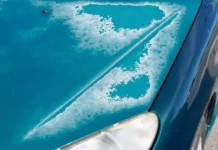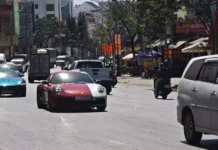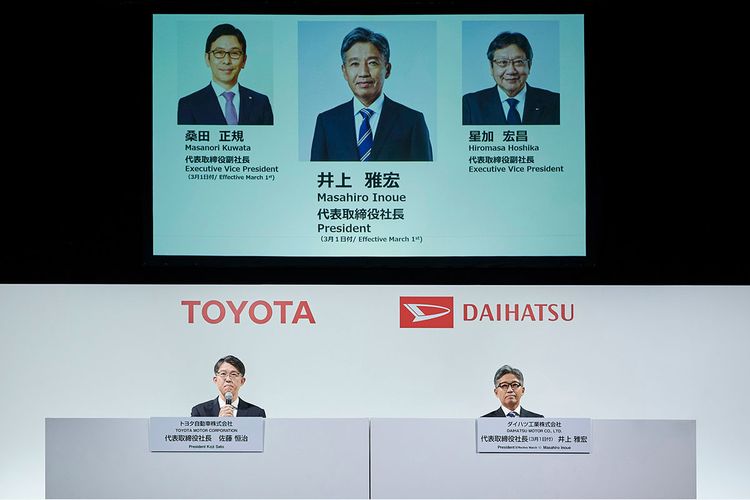Toyota recently announced major changes in the leadership structure of Daihatsu. This move is aimed at rebuilding Daihatsu’s reputation after the safety inspection scandal that has drawn significant criticism.
Daihatsu Chairman Soichiro Okudaira has declared his resignation, and he will be succeeded by Masahiro Inoue, a former Toyota executive who was in charge of the Latin American region. In addition, Chairman of the Board Sunao Matsubayashi has also resigned, and the position will remain vacant.
Prior to his resignation, Soichiro Okudaira was responsible for overseeing all of Daihatsu’s operations. This leader, born in 1956, had nearly four decades of experience with Toyota before taking on the top position at Daihatsu in 2017, just one year after Daihatsu completed its merger with the leading Japanese automotive group.
Masanori Kuwata will become the Executive Vice President in charge of the company’s cultural transformation. Another Executive Vice President, Hiroshima Hoshika, will be responsible for building the regulatory and certification system, as well as leading the quality management team at Daihatsu.
The new board of directors will officially take over on March 1, 2024. This restructuring of Daihatsu’s leadership demonstrates Toyota’s determination to rebuild the subsidiary’s brand image and regain the trust of customers. Koji Sato, CEO of Toyota, confirmed that this move is not a punishment for the individuals involved but rather a proactive measure.
Toyota stated that they will hold discussions with Daihatsu and relevant stakeholders to devise effective and transparent management policies. Specific details were not disclosed, but Sato did mention that Daihatsu will be responsible for product planning and control of the quality of exported Daihatsu vehicles.
The Daihatsu scandal unfolded in May 2023 when an investigation revealed that the company had manipulated side-impact safety tests. Specifically, Daihatsu violated test procedures described in UN R135 regarding impact tests with an object like a utility pole. The affected models were Toyota Raize hybrids and Daihatsu Rocky hybrids.
According to regulations, tests must be conducted on both the left and right sides of the vehicle. Daihatsu, however, only performed the side-impact tests on the driver’s side and submitted those results as if they were from both sides of the vehicle.
The scandal affected a total of 78,440 vehicles, including 56,111 Raize hybrids and 22,329 Rocky hybrids, which were suspended from sale in Japan.
The subsequent investigation uncovered numerous new irregularities in 174 areas across 25 test categories. In total, there were 64 vehicle models involved in the scandal, including those from Toyota, Mazda, and Subaru.
Thái Sơn(Tuoitrethudo)































.jpg)
.jpg)
.jpg)
.jpg)















